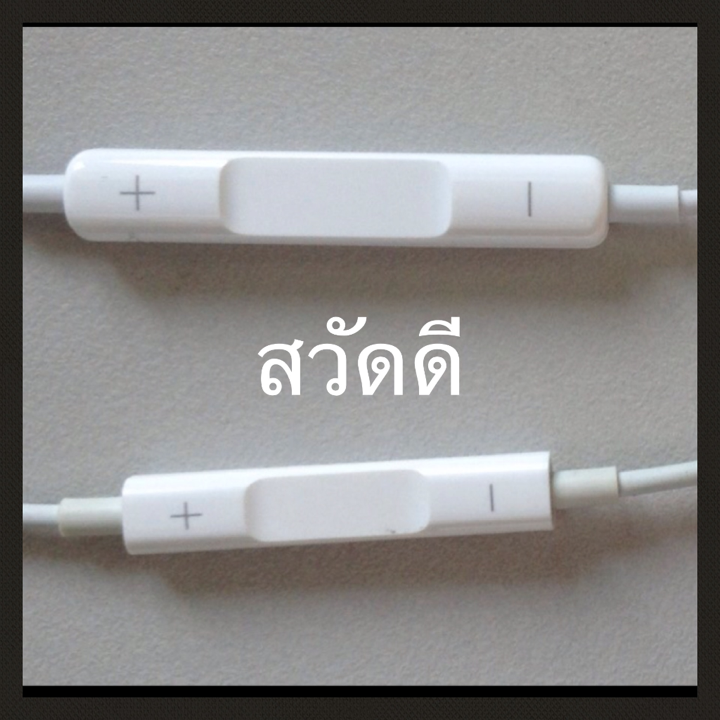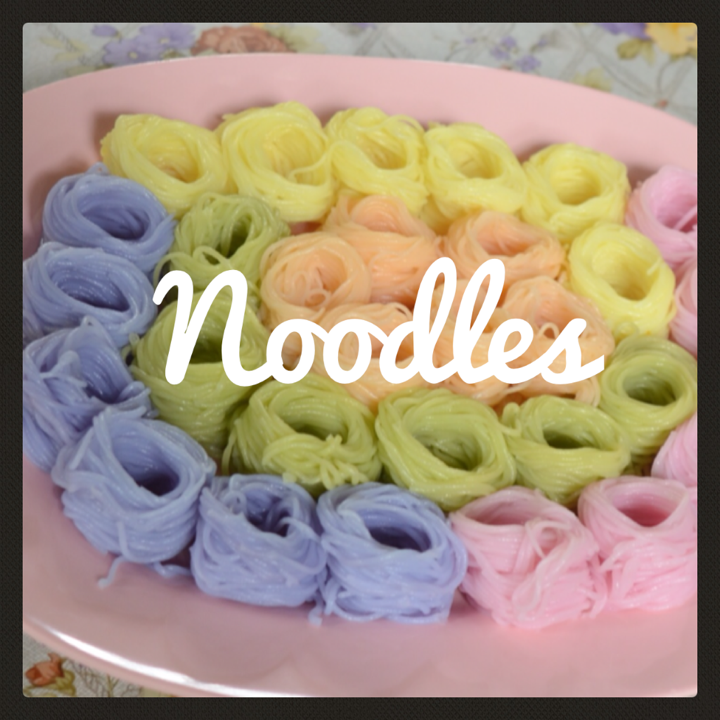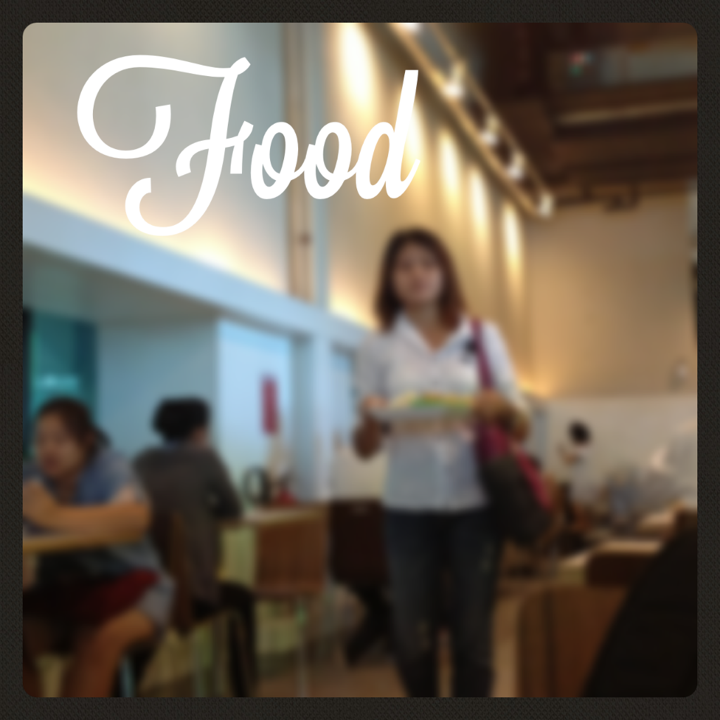Typic: A Delightful iOS Photo App for Applying Text to Images

AMITIAE - Saturday 20 October 2012
|
Typic: A Delightful iOS Photo App for Applying Text to Images |
 |
|
|
By Graham K. Rogers
One of the more interesting, and useful, features of the iPhone has been not just the camera that is integral to its construction, but the apps that take advantage of images to create output of such variety that it has an unusually wide range of uses. There are so many apps, most of which are extremely well made. To rise above the average, an app needs something unusual.
OverviewThe workflow for many imaging apps is similar: input from camera or library; application of effects; and then export. Many apps make use of filters that are applied to an image but adding text to images is less easy. I have some limited experience with an app called Word Foto, and there are cartoon-creating images like Halftone.Typic is a little different. It is a free app and it simplifies the whole process from input to output especially easy to use text addition. The app first opens with a screen displaying a developer icon, then moves the user quickly to the process of image input with a camera icon in the middle of the lower third of the screen. A developer image is used initially. User images are used afterwards in the main, with the occasional appearance of an image included with the app. Pressing the icon reveals options for access to camera or Photo Library.
TypicThe camera allows use of front- or back-facing cameras and flash controls (Auto, On, Off) are available. When a photograph is taken, or an image selected from the photo library, it is displayed on the screen with a square mask. It can be moved and scaled. At the bottom of the screen are two buttons: Cancel and Choose.When an image is selected for processing, the top two-thirds of the screen is used to display the picture with controls at the bottom. The options are kept simple, which means finishing an image can be done quickly.
When any effect is applied, rather than waiting for processing to take place, the screen is simply scrolled to the next set of options. If wanted, at any stage, the editing options were just as easily scrolled back, so effects could be retried and mixed. The second screen is for the addition of text. There are three options: Write the caption; choose a font (from 7) and adjust text size up or down. It does not matter which order these are done in. Text is automatically centred, but this does not suit all cases. The text can be dragged with a single finger anywhere on the screen. As soon as it is moved away from the centre-point, an icon is available (top left) to re-centre it.

A third options panel allows the image and text to have some adjustment. There are two sliders: Text Opacity and Frame (which adjusts curved corners). Once or twice I found that unless I was accurate in placing my finger, instead of an adjustment, I could start scrolling to the next panel. In addition there are plus or minus icons for Lens Blur and a selector for black or white frame color.

Export OptionsA final panel is for export options: photo library, email, Facebook, Twitter and Instagram. I tried only the Photo Album and email. I was slightly disappointed that the images I saved to the Photo Album way were all 1920 x 1920 (3.7 MP) but only around 400 - 500 KB.The email option game me several export sizes from small (165KB), Medium (535 KB), Large (1.6 MB) and Actual Size of 2.6 MB, with an image size of 1280 x 1280: smaller than those saved in the Library, but with a much larger file size. Final sizes were slightly different depending on the original image and effects applied and were sent by email as PNG images. When two larger images (2.76 MB and 1.94 MB) were exported from Aperture as 8-bit TIFF images they both appeared on the desktop with a size of 4.9 MB. Image sizes when opened in Graphic Converter were 17.778" x 17.778" - respectably large enough.
NotesTypic, now at version 1.2, was developed by Hi Mom Apps who have no advertising in this free app making this remarkably unobtrusive when compared with many other apps. Apart from those that are already installed, there are no other filters available as far as I can see, nor are there other fonts. There is no Pro option from Hi Mom who appear to be a small family outfit from Italy.I did install Typic on the iPad as well. It works well enough, but is not optimised for the device and displays in the X1 or X2 windows.
As a free app, the decision here is a no-brainer. I hope Hi Mom produce more apps like this but with some in-app purchasing options for those who might want to increase the ways this can be used.

Graham K. Rogers teaches at the Faculty of Engineering, Mahidol University in Thailand. He wrote in the Bangkok Post, Database supplement on IT subjects. For the last seven years of Database he wrote a column on Apple and Macs. |
|

For further information, e-mail to

|

|